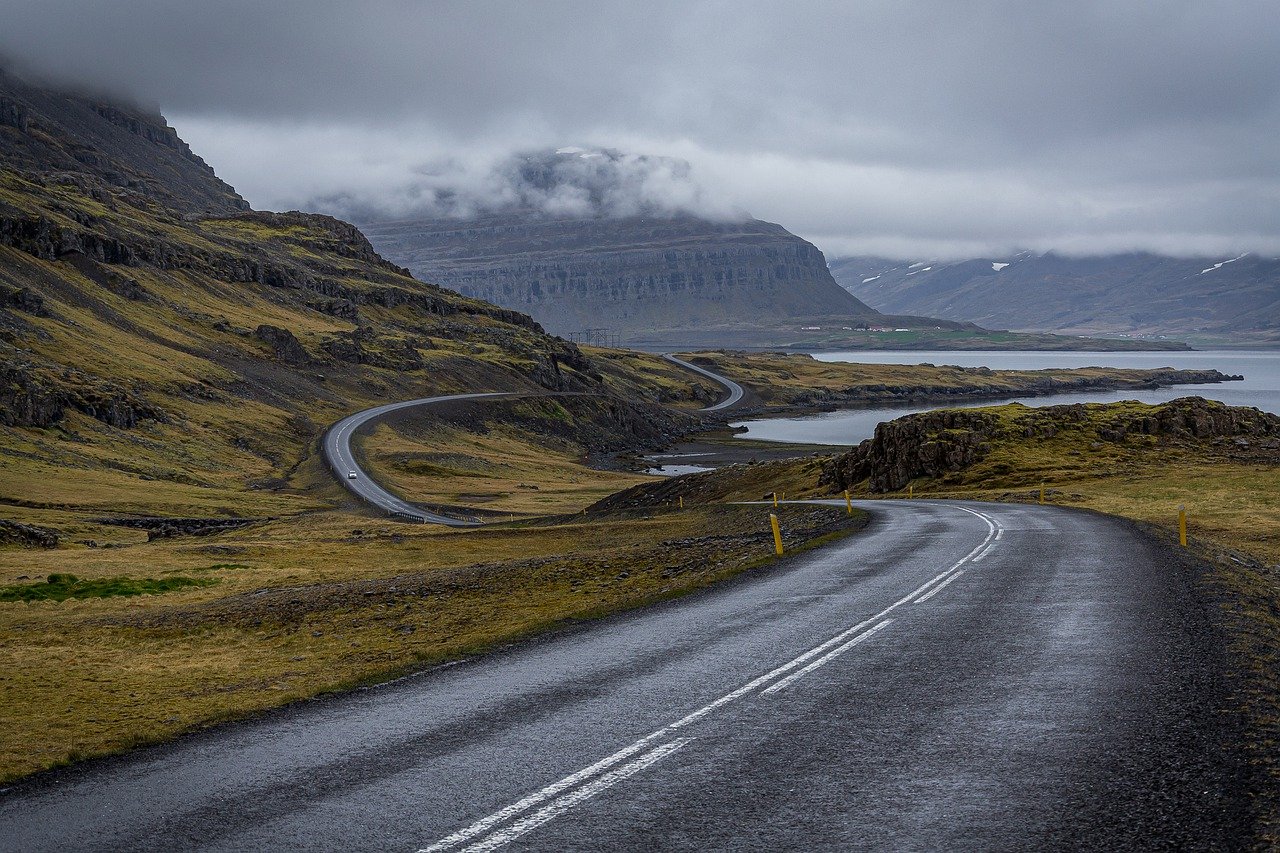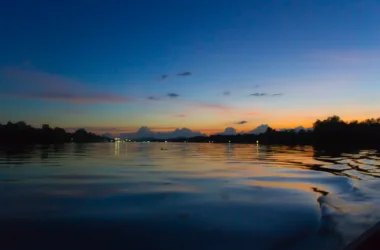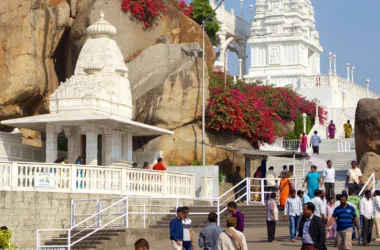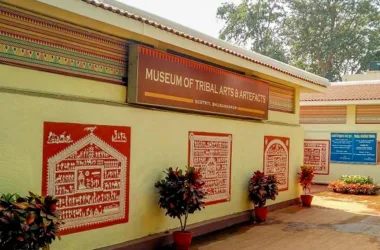Best Time to Visit Gangtok: Gangtok, the capital of the Indian state of Sikkim, is a paradise for explorers settled in the northern part of the country. Home to some impressive natural and man-made attractions, Gangtok attracts tourists throughout the year. However, the autumn season is considered by most tourists to be the best time to visit Gangtok. Soon after the rains subside, clear skies welcome tourists, offering them breathtaking views of the mighty Himalayan peaks that are usually hidden during the monsoon season.
Furthermore, the climate is generally pleasant during the months of mid-September to mid-November, providing visitors with a comfortable environment for exploration.
However, the best season to visit Gangtok is ultimately a matter of preference and convenience. For example, if you love snow and can comfortably tolerate low temperatures, then you must visit Gangtok during winters. On the other hand, if you want to enjoy the greenery of Gangtok, then you can roam here even in the summer season.
Here are the best seasons to visit Gangtok:
- Gangtok in Summer
The period between April to June marks the presence of the summer season in Gangtok.
With no chances of snowfall or rain changing your travel plans, the summer months guarantee a smooth travel experience in Gangtok. Also, if you want to avoid facing bone-chilling temperatures, then these months are the best time for you to visit Gangtok. The average temperature in summer is around 20 °C.
You can enjoy the clear blue skies here, in contrast to the lush green landscape of the city during the summer months. The climate is generally pleasant, with a refreshing cool breeze and sunshine to soothe your soul and body. This is also the best time to take a good look at the diversity of the region’s flora, as the fields and hills have colorful flowers of various shades of green adorning their faces.
Almost all tourist attractions of the city are available in summer. Tashi View Point, Namgyal Institute of Tibetology, Enchi Monastery, Bakthang Falls, Thakurbari Temple, and many more are amazing places to visit in North Sikkim.
One can expect to enjoy sightseeing and other activities in Gangtok during the summer months. Some of the activities you can indulge in on your trip to Gangtok are cable car rides, mountain biking, river rafting, trekking, and paragliding. Apart from this, the picture-perfect views of pristine nature also provide great opportunities for photography enthusiasts.
- Average day temperature: 20 °C
- Average night temperature: 14 °C
If you are planning a trip to Sikkim, you cannot miss out on Gangtok, there are many amazing places to visit in Gangtok which makes it one of the best tourist places in India.
- Gangtok in Winter
The period between November to February marks the presence of the winter season in Gangtok.
Although, generally not the most recommended time to visit Gangtok, the winter season is a great time to visit the place if you have a cold climate at heart and a sweet spot for fresh snow. Hidden under a white blanket of snow, the magical-looking Gangtok welcomes many visitors even in the cold months. One can choose to visit this city during the winter season to experience a different avatar of the place when it snows. The average day temperature in Gangtok during these winter months is normally around 14 °C, while the night temperature drops to a minimum of 4 °C.
Since the winters in Gangtok are not really very harsh and there is frequent snowfall, most of the places are accessible during the winter months except in exceptional circumstances. If you visit Gangtok in the winter season, you can enjoy shopping at Lal Bazaar and visit many tourist attractions like Somgo Lake, Gurudongmar Lake, Nathu La Pass, Rumtek, and many other monasteries.
You can indulge in various adventure activities including trekking, paragliding, river rafting, and snow activities during the winter months in Gangtok. The presence of snow in Gangtok and the surrounding mighty Himalayan peaks also makes it the best season for photographers to visit Gangtok.
- Average day temperature: 14°C
- Average night temperature: 4 °C.
- Gangtok in Monsoon
The period between July to September marks the presence of the winter season in Gangtok.
Monsoon season is considered the least favorite season among tourists to visit Gangtok due to heavy rains, making movement challenging in the region, and blocking roads. The incidents of landslides due to frequent rains also make this place a bit unsafe during the monsoon months. Apart from this, you cannot even enjoy the clear views of the snow-clad hills as the region is covered with thick clouds and fog during this time.
On the other hand, as soon as the rain starts, the greenery of the town blossoms. The perfect mix of green vegetation under the cover of white clouds and mist makes the place surreal. So, even if you do not have a tight schedule to follow, you can still visit Gangtok during the rainy season and admire the vibrant atmosphere which is a pure visual delight for one’s eyes.
You can visit most of the tourist places unless it rains heavily. Though you may not be able to enjoy activities like river rafting and motorbiking during monsoon, you can still opt for activities like trekking and sightseeing.
- Average day temperature: 18 °C
- Average night temperature: 10 °C
Important Links
- Gangtok temperature (Link)
- Gangtok weather (Link)
- The temperature of Gangtok (Link)
- Hotels in Gangtok (Link)
- Mayfair Gangtok (Link)
- Gangtok airport (Link)
- Bagdogra to Gangtok Distance (Link)
- Darjeeling to Gangtok Distance (Link)
- Siliguri to Gangtok Distance (Link)
Similar Articles Places to Visit in Gangtok
- Sikkim, India – A Door Way To Heaven
- North East India – Top 5 Unique Dishes
- Places to Visit in Gangtok
- Things to do in Gangtok
- Bagdogra to Gangtok A Complete Travel Guide
Frequently Asked Questions About Gangtok
Q. Can we go to Gangtok in 3 days?
A – Day-wise Itinerary:
Day 1 – Arrival, Gangtok City. Day 2 – Approach attractions and waterfalls. Day 3 – Long Drive, Tsomgo Lake. Day 4 – Souvenir shopping, departure.
Q. What is Gangtok famous for?
A – The capital of Sikkim, Gangtok is a hill resort and one of the most popular places to visit in North-East India. It is known for its natural beauty and the alluring views of Mount Kangchenjunga, the third-highest peak in the world.
Q. Is one day enough for Gangtok?
A – Gangtok can be visited in a day, but if you are planning to go north, enjoy 3 nights and 4 days to its fullest.
Q. Which is better Darjeeling or Gangtok?
A – On a personal note, I would suggest Darjeeling over Gangtok, mainly because of the scenic beauty and spectacular view of the Kangchenjunga ranges that it offers. More of a colorful life can be enjoyed in a hill station in Darjeeling. It also offers excellent options for dining and shopping.
Q. Is Gangtok expensive?
A – An important pilgrimage site, Gangtok is also a major center of tourism in the state. Due to a lack of budget transport options, hilly terrain, and many other factors, a trip to Gangtok can be costly for budget travelers.
Q. Is Gangtok safe for travelers?
A – Yes, Gangtok is safe for travellers. But due to the road leading to Gangtok, it is better to be cautious during the journey.
Q. Is Nathula Pass open now?
A – First of all, you should note that Nathula is open only from Wednesday to Sunday of the week. It is closed to the public on Mondays and Tuesdays. The best time to visit is from May to October when the daytime temperature ranges between 10 to 15 degrees Celsius.
Q. Which transport is used in Sikkim?
A – The Sikkim government has fixed-rate buses; Sikkim Nationalized Transport (SNT) operates between Siliguri and Gangtok from its bus terminal in Siliguri. There are buses from New Jalpaiguri (NJP) to Gangtok. To reach Gangtok many tourists get off by train and New Jalpaiguri, which is at a distance of 124 km.
Q. Is Sikkim an Indian state?
A – Sikkim is a state in Northeast India. It is one of the fastest-growing, multi-ethnic, and multilingual Indian states. It is bordered by Tibet to the north and northeast, Bhutan to the east, Nepal to the west, and West Bengal to the south. Sikkim is also located close to the Siliguri Corridor of India near Bangladesh.









